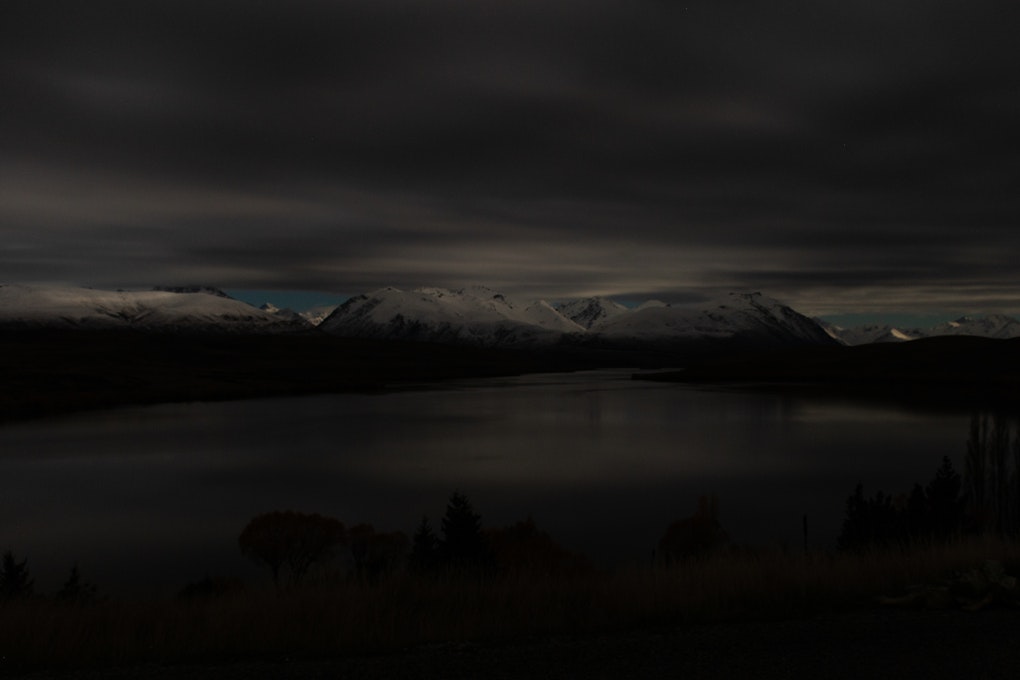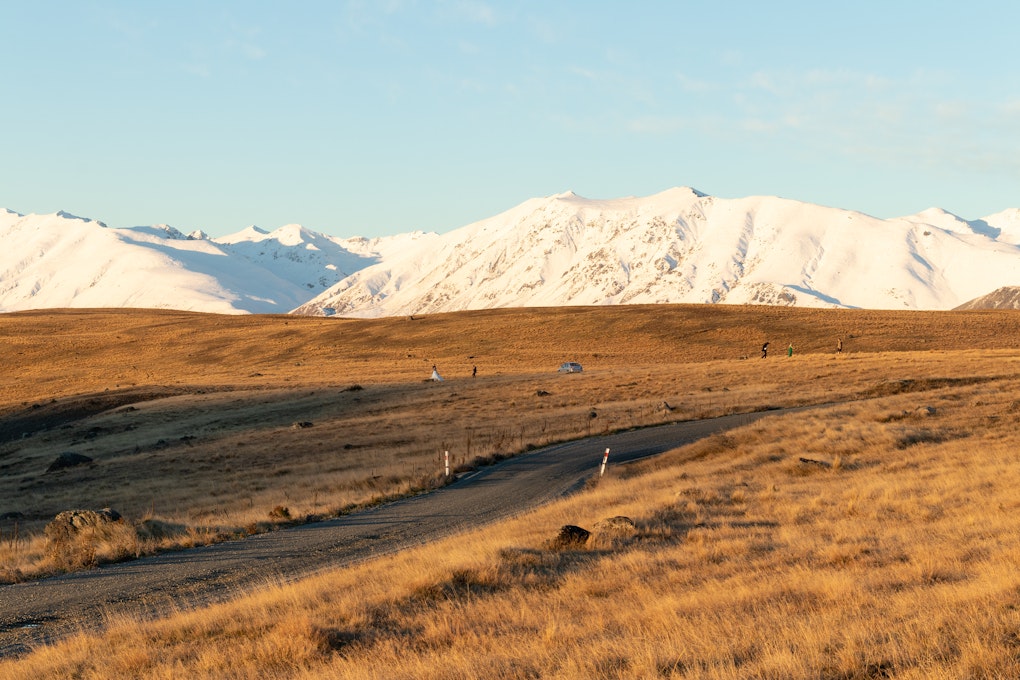To Watch the Water: Bodies of water captured and constructed.

By Harriet Litten & Bojana Rimbovska
Throughout history humans have held a desire to explore, interpret and record our environments. From its early iterations, photography has been considered a naturalistic and accurate method of representation; the perfect medium to satiate our humanistic desire to document the landscape. Exalted as a method able to provide truth of representation, photography has grown as a ‘documentary’ style of artistic representation.
Linda Nochlin once summarised that there is a general temptation by audiences to accept photography as a transparent representation of the world as it is, uncontaminated by mediation. (Linda Nochlin, “Foreword”, in Abigail Solomon-Godeau, Photography at the Dock, 1991) The world is engulfed in an era where the boundaries between fact and fiction, actual and virtual reality are blurred, pushed and pulled in our everyday life. Photography is similarly in tension between its histories of ‘documentary’ and ‘narrative’. As the works in this exhibition show, photography has the ability to serve both as a document of environment, and simultaneously as a narrative tool to describe life, relationships and context. Indeed, these modes of photography are not separate, but deeply intertwined. Ella and Megan’s works blur the boundaries between narrative and documentary. In presenting two bodies of water that are both vastly different in their treatment and precariously similar in their vulnerability, the artists explore how our relationships to water can vary. The work discussed here explores precisely how the narrative and the documentary can come together to form a moving and powerful conversation between artist and viewer. While we are invited into the personal narratives of place, we are simultaneously shown bodies of water as fragile and anthropogenically impacted environments.

Rather than evidence of the world, photographs such as those presented here, are the sum of the photographer’s interpretation; seeing through the artists eyes in order to share information, ideas and values. Photography is a complex conversation between artist and viewer, not just an image, but a dialogue. Both Megan and Ella’s works in this exhibition embrace the semiological notion that images can be read as texts in and of themselves, enhanced (rather than described) by the presence of written word. Photographs are complex pieces of text, these images of place hold the ability to create, articulate and sustain their own meaning; how do we use, live with and embrace our natural resources? What meaning do these bodies of water have in our lives? How can we learn to live in a symbiotic relationship with water?

Connected by these questions, the photographs explore the artists’ individual associations with place. Oscillating between a highly personal and a more general narrative around the landscape, these images foreground the idea that these bodies of water, no matter how remote or expansive, have stories attached to them.
In Megan’s images, perspectives on the landscape have largely been framed by her personal connection to Lake Alexandrina. Annual family gatherings around the lake build an intimate attachment to it as it transforms from a sort of backdrop for family routines to something which is more deeply rooted in the family’s history, becoming more imbued with memories with each visit. It articulates the strong associations with nature, and in particular with water, in New Zealand culture. The sweeping panoramic views of Lake Alexandrina against the sky and mountains are punctuated by signs of human occupation–a reminder that when we think about nature we ought to see ourselves as active agents in its construction.

Ella’s images present perhaps a more distanced but nonetheless reflective view on the Waimakariri river. Her experience of the Waimakariri is framed by her interactions with the wider environment–namely the cold air, constant rain and mud that accompany her as she trails the riverbank. The feeling of isolation is contrasted with the companionship evoked by the foot trails made by others that conjures up memories of bush-walking with her dad. The memories that these environmental cues trigger make it impossible to disentangle ourselves from nature or see ourselves as somehow set apart from it. In this way, the idea that we always find our way to the water appears to hold true.

The photographs on show allow us to situate ourselves in relation to these watery landscapes and evoke memories from our own lives. In our mind, the landscape might appear so general as to be able to be substituted for another one; the sight of water, trees and sky being enough to transport us to a place which holds our own memories. Here, the general and the specific are again blurred as these landscapes begin take on new forms in our minds.
